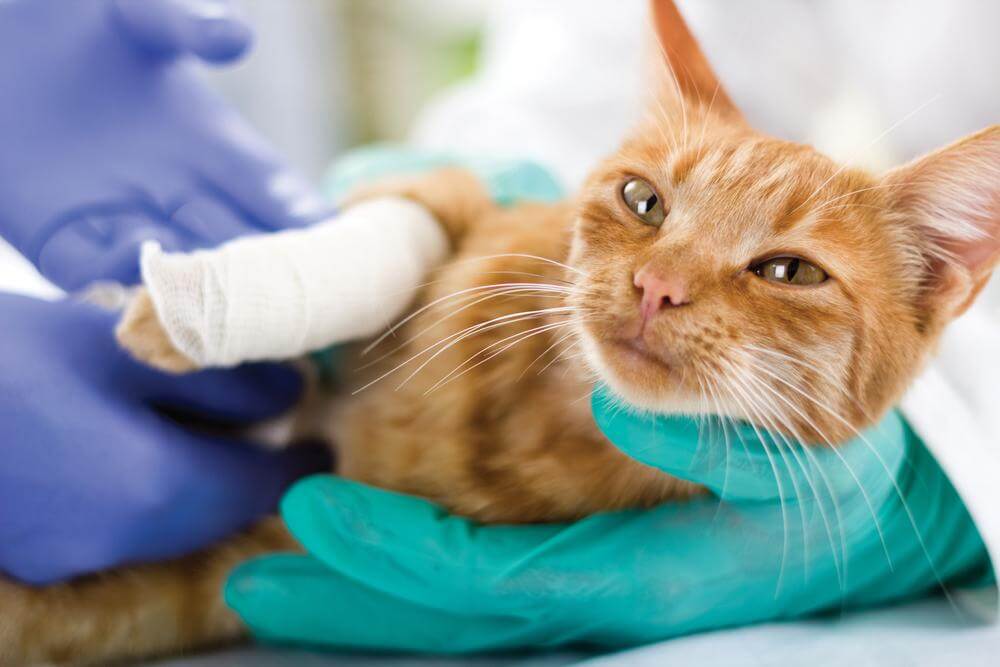A Guide To Pet Insurance Coverage For Sterilization Services
A Guide to Pet Insurance Coverage for Sterilization Services
One of the responsibilities involved with having a pet cat or dog is sterilizing them. It prevents undesirable litters that might lead to more stray animals. Such animals without a home may face a high risk of injury and loss of life as a result of traffic accidents, exposure, and hunger. While strays are picked up by animal services, they are often euthanized to reduce the animal populace, and to prevent fights and the potential spread of illnesses. While you spay or neuter a dog or cat, you are attempting to sterilize it.

Does pet insurance usually cover spaying and neutering?
Pet health insurance plans provide assistance to the pet owners to manage the expenses involved in several vet procedures.
Here are some of the pet insurance companies that include a spay or neuter clause:
- Figo Pet Insurance
- Trupanion
How will not spaying or neutering your pet affect their insurance coverage?
It is usually recommended to spay or neuter your pet as soon as possible. Many pet insurance providers might require your pet animal to be spayed or neutered prior to a particular age, and if you do not opt to spay or neuter your pet within that particular timeframe, the providers might include additional exclusions to your coverage plans. Not spaying or neutering your pet may give rise to certain issues, and insurance providers consider that as an avoidable condition. If you plan on breeding your pet, you may have to do so as per the stringent timeline set by pet insurance companies. However, if you choose to not sterilize your pet, you may have to deal with the expenses involved due to the extra exclusions and ailments that the insurance company will not cover.
Here are some medical conditions for which your pet insurance provider might not pay if you choose to not spay or neuter your pet from a young age:
- Prostate problems
- Hormonal skin conditions
- Perianal hernias
- Testicular tumors
- Perianal tumors
- Mammary tumors
- Uterine and ovarian conditions
- Birthing
- Injury due to fighting
- Collision with a motor vehicle
- Aggressive behavior
To get an idea about the extra expenses involved, here are the average vet payments for a number of these issues:
- Vehicular trauma: $998.21 approximately
- Prostate conditions: $753.71 approximately
- Testicular tumor: $628.59 approximately
- Ovarian issues: $752.93 approximately
- Dogfight wounds: $645.91 approximately
Thus, the conditions mentioned above may prove to be quite expensive and raise your veterinary expenses in the long run. Moreover, there will be other costs involved as well such as diagnostic tests, which the insurance provider may not cover.

